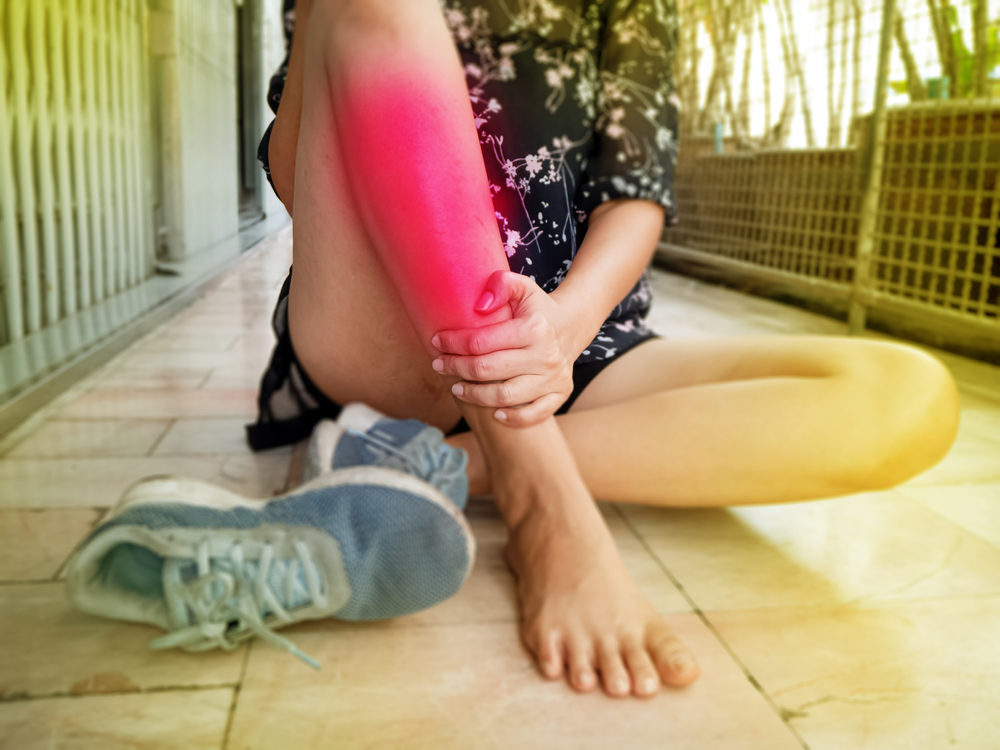Shin splints (known in the medical world as (medial tibial stress syndrome) tend to develop after physical activity, are a common exercise related injury, and tend to be associated with running. It’s important to note that shin splints can occur during any vigorous athletic activity, especially at the start of a new fitness program or regimen.
Shin splints tend to be felt as an aching pain on the inside of the shin, near the area where the calf muscles and tibia meet. In the beginning, the area tends to be sore when pushed on and, as the injury progresses, shin splints may be felt as a sharp, burning sensation that can hurt throughout the duration of your athletic activity, or even just while walking around. Interestingly enough, women are 2-3 times more likely to develop problems with their shins than their male counterparts.
Other factors that contribute to shin splints include having flat feet or abnormally rigid arches as well as exercising with improper or worn-out footwear. Runners, dancers, and military recruits are individuals whom are most frequently diagnosed with this condition. Unfortunately, there is no quick cure – or treatment – for shin splints. The healing process can take weeks or months to complete, which means that you’ll need to stop the activity that exacerbated the shin splints for a duration of time.
However, that doesn’t mean you have to stop all activity! During the initial recovery period low-impact workouts such as pool running, stationary cycling, and the use of an elliptical machine are great fitness alternatives. You’ll also want to make sure to ice the affected area on a regular basis; anti-inflammatory medications (such as ibuprofen) can help reduce pain and swelling.
Strengthening calf and shin muscles can help reduce strain on your tibia and a great way to get started on this is to do calf raises – a good goal would be working towards three sets of 20 twice a day. Before you start to transition back into your regular fitness routine, you’ll want to make sure that you’ve been pain free for at least two weeks. When you do begin your return to exercise, you’ll need to start at a much lower level of intensity and gradually work your way up AND you’ll want to make sure that you’re warming up and stretching thoroughly before and after any exercise that you do!
In addition, make sure you wear shoes designed for your sport. Running long distances in court-type sneakers can contribute to shin splints. And, you might want to think about cross training – alternate your higher intensity activity with lower impact sports such as cycling or swimming.
If, however, your shin splints do not improve after rest and other methods described above, you’ll want to be sure to see a doctor to determine whether something else is causing your leg pain.
source: aaos.org; runnersconnect.net

